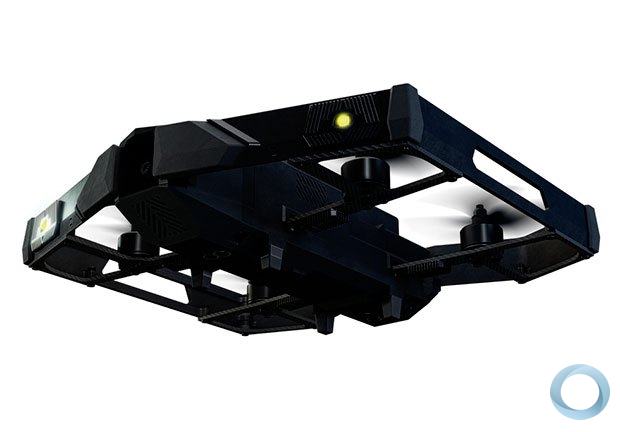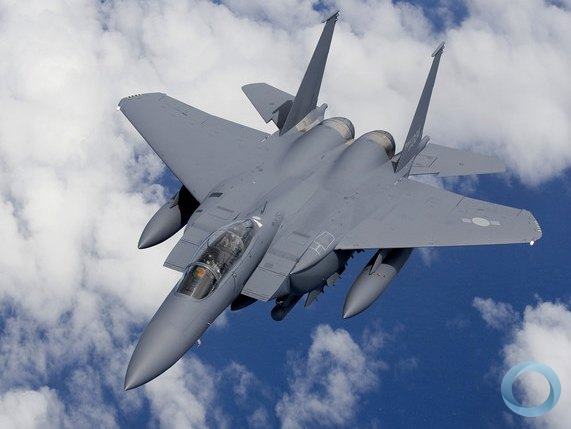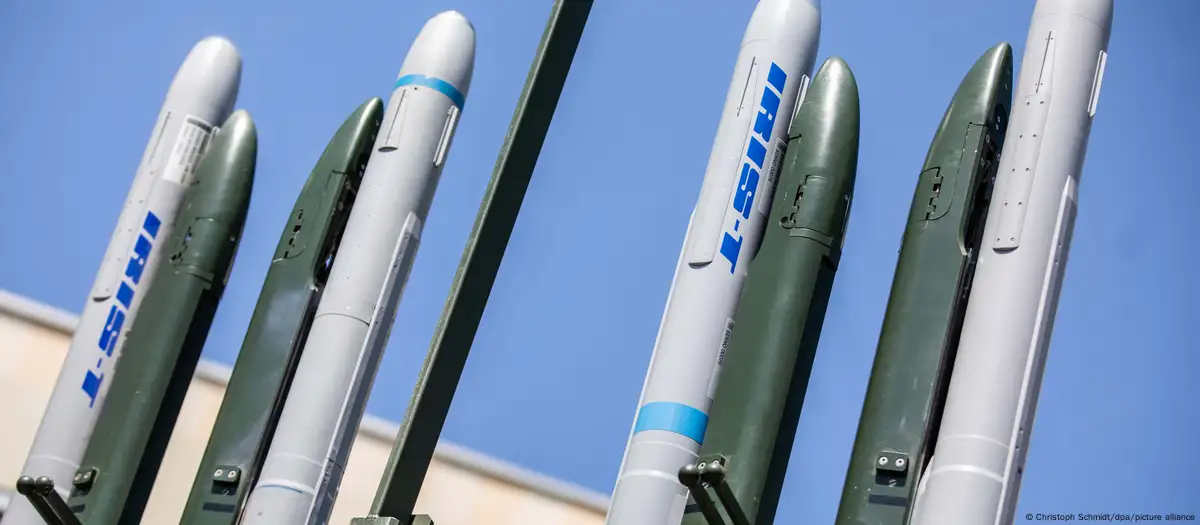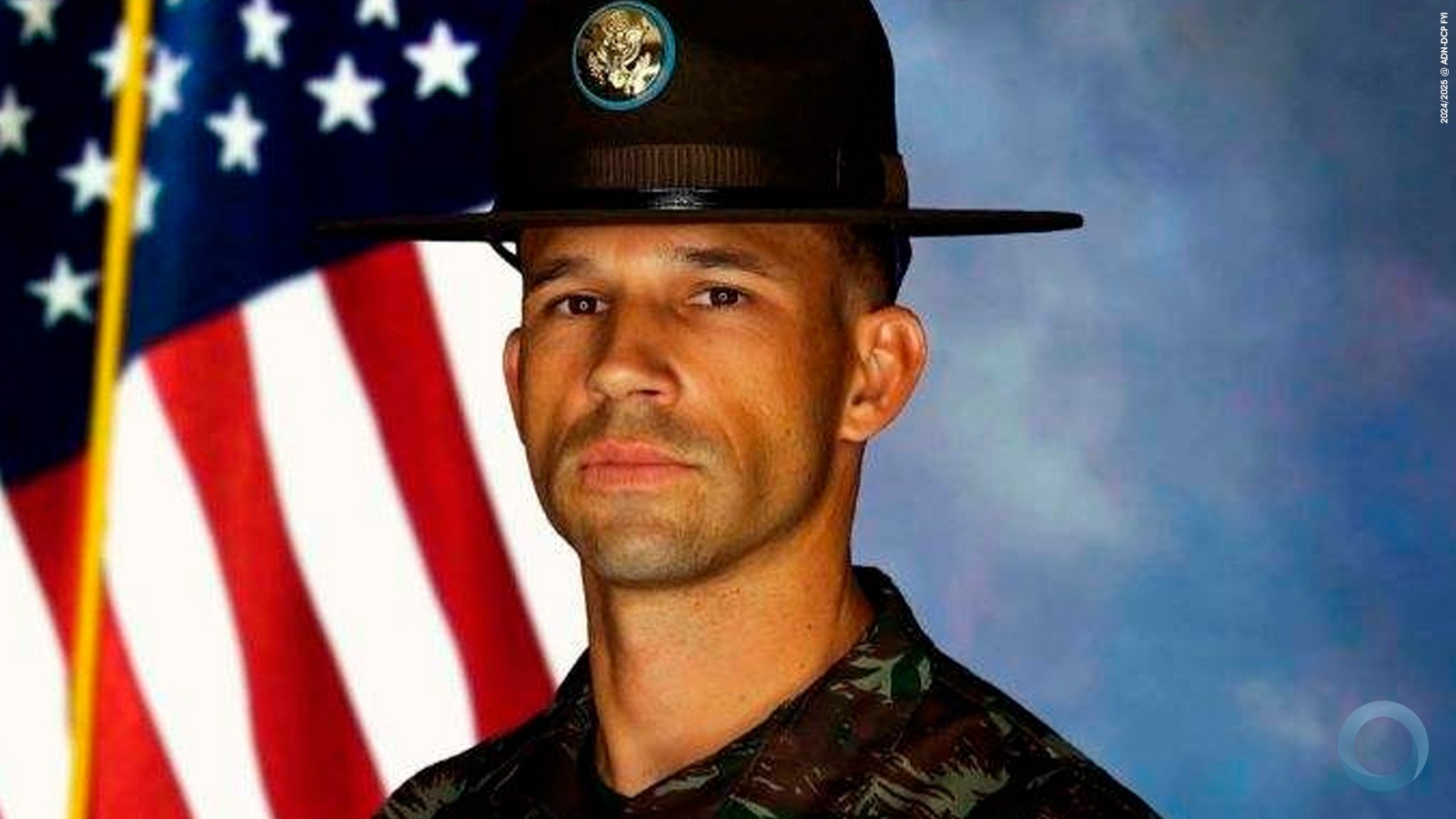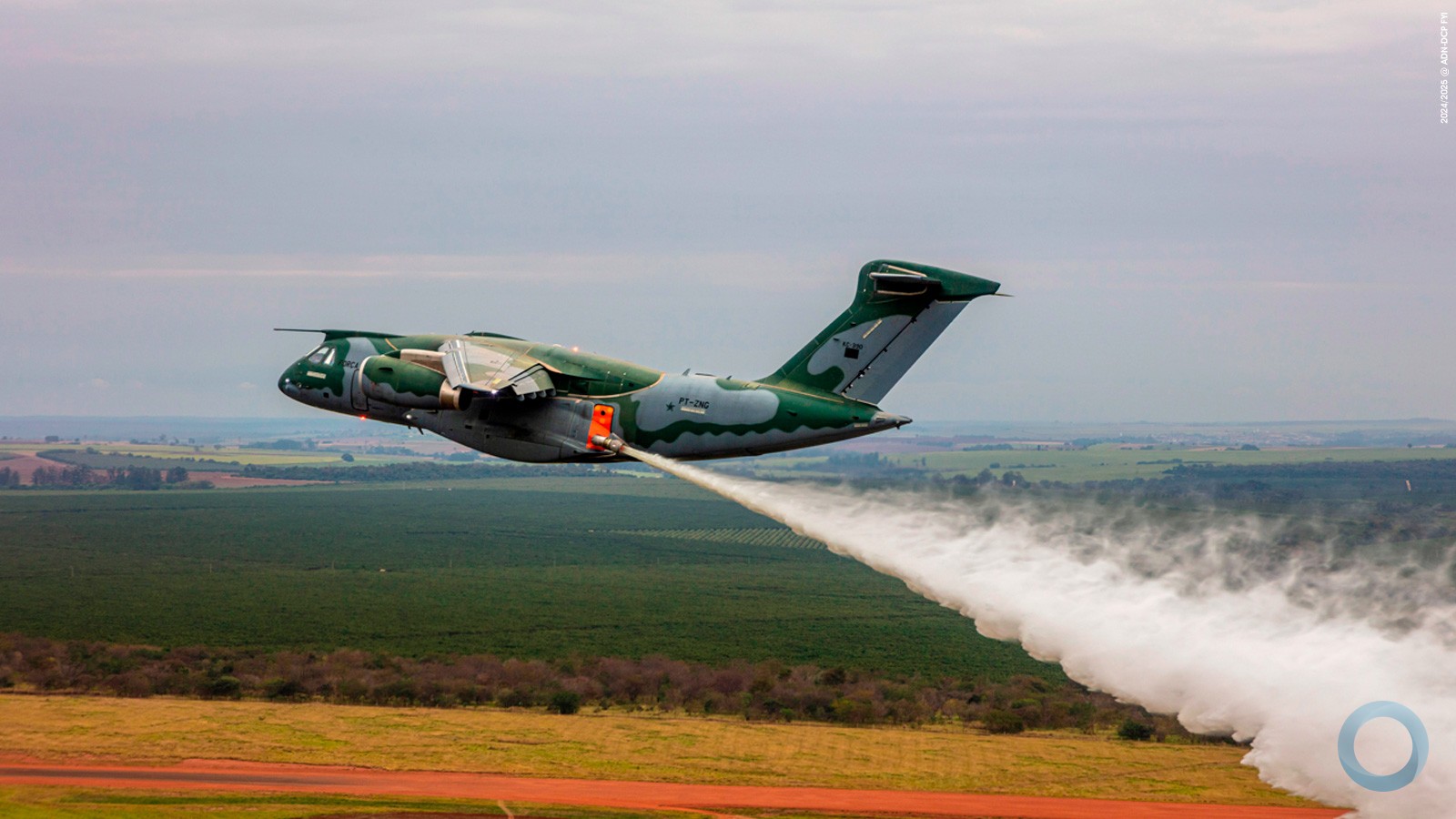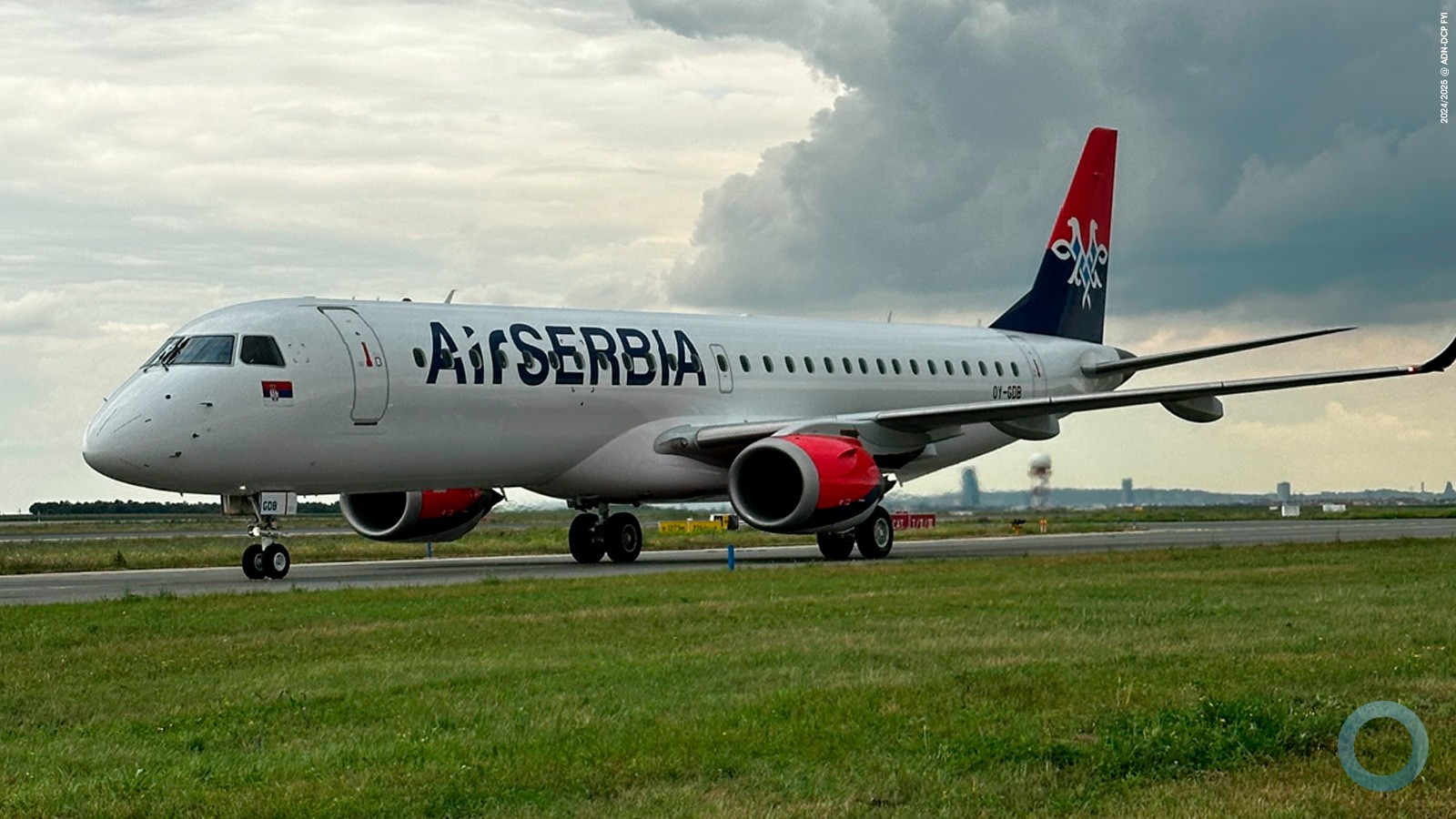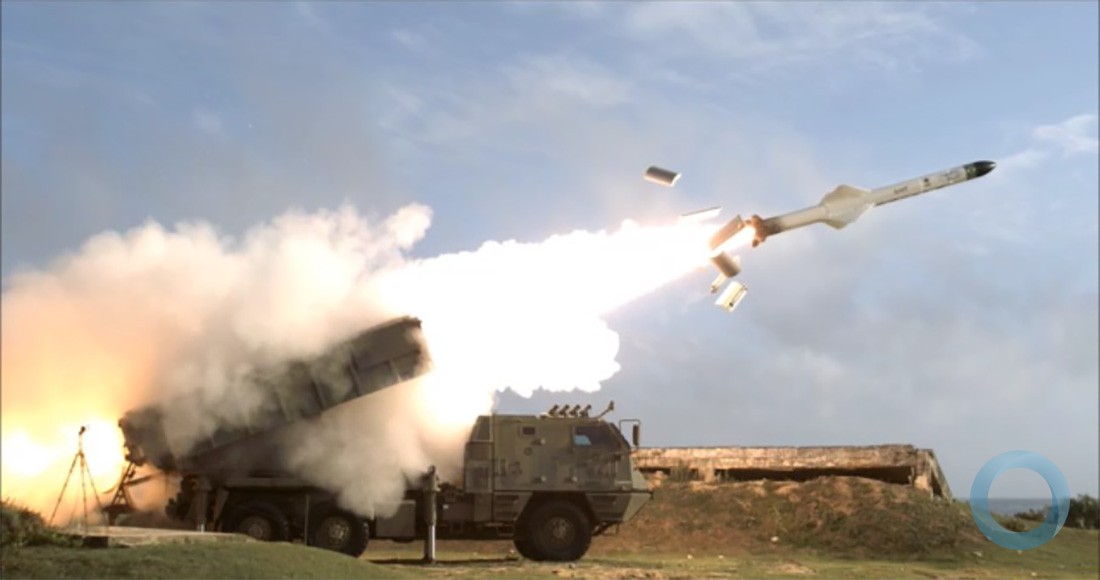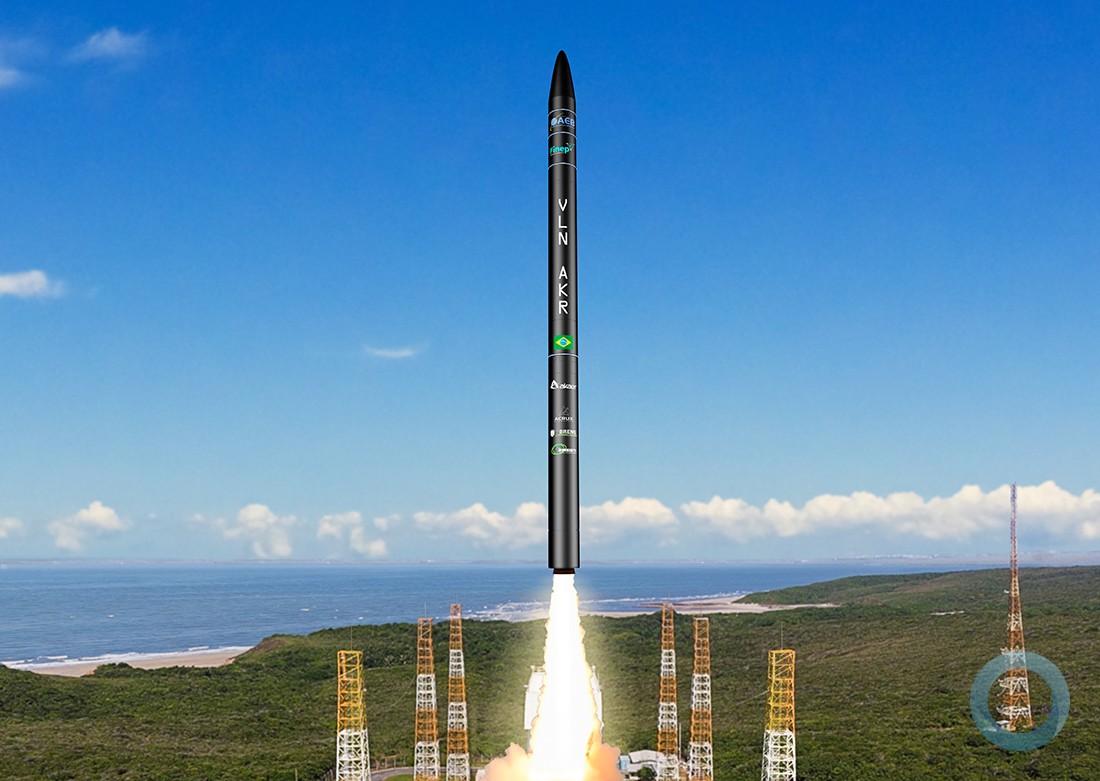swissinfo.ch/fh
The Geneva police confirmed information published in the Le Matin Dimanche paper on Sunday but warned that there were no guarantees this approach would work.
The two eagles should be operational this year, said Silvain Guillaume-Gentil, spokesperson for the Geneva police. He added that the eagle is a wild animal, the training is long and tedious, and results are not predictable.
A few months ago, the Geneva police acquired two eagle eggs which hatched successfully. The idea of integrating eagles into the Geneva police force to intercept drones was mooted last spring.
Similar projects have been launched elsewhere but are still untested in real-world situations. The French army is training Golden Eagles for this purpose but the Dutch police recently abandoned their anti-drone eagle programme after the birds of prey repeatedly disobeyed orders.
Drones in police force
The use of UAVs was recently recommended by the ad hoc working group set up within the Conference of Cantonal Police Commandersexternal (CCPCS). In the future, drones could potentially be used "just as well as vehicles or helicopters," said a spokesperson to the SonntagsZeitung paper. Ten police forces are already using Kopter crafts to monitor accidents or search for missing persons in Switzerland. Other cantons are evaluating the possibility of acquiring such equipment in the near future.
More drones in Swiss skies mean more risks


The devices are getting easier to pilot, which makes them more accessible to the buying public, but good weather is another factor in their recent demand.
Swiss online retailer Digitec Galaxus saw drone sales rise nearly 90% in 2016 and this summer’s “sunny, dry weather equals increased drone sales”, spokesman Alex Hämmerli told Swiss News Agency, noting four-fifths of buyers are men.
With all the recent demand there now are about 100,000 drones in Switzerland, said Antonello Laveglia of the Swiss Federal Office of Civil Aviation, which is raising awareness with an online video. Parliament believes the current law is sufficient to regulate drones.
Laveglia advises drone operators to always:
• Ensure you can see the drone at all times.
• Respect all no-fly zones (5 kilometres around airports).
• Fly at least 100 metres above people.
• Respect others’ privacy.
Unlike the remote-control model airplanes of yesteryear, drones require fewer piloting skills. Sensors help to stabilise flying manoeuvres and avoid certain obstacles. They also can program a flightpath.
It’s not just the drones that raise questions: there’s the technology they can carry on board, particularly cameras.
“Drones are examples of dual-use technology,” said Stéphane Koch, a Geneva-based expert in new technology. “These flying cameras provide their users with new ways of getting up close and personal, but put them at risk of intruding on private property.”
Inevitability
And then there are the risks of serious accidents. At the end of May, a drone nearly collided with an Airbus A330 at Zurich Airport.
Such near-mishaps are becoming more commonplace, growing six-fold to 30 in 2016 up from just five in 2010.
The Swiss Transportation Safety Investigation Board believes it is “simply a matter of time” before a drone and a passenger plane collide.
Skyguide, which monitors Swiss airspace, has been developing a smartphone app for drone owners to define and reserve a flight corridor. Users could communicate the position of their drone in real-time to avoid collisions. The project will be unveiled in Geneva in mid-September.












